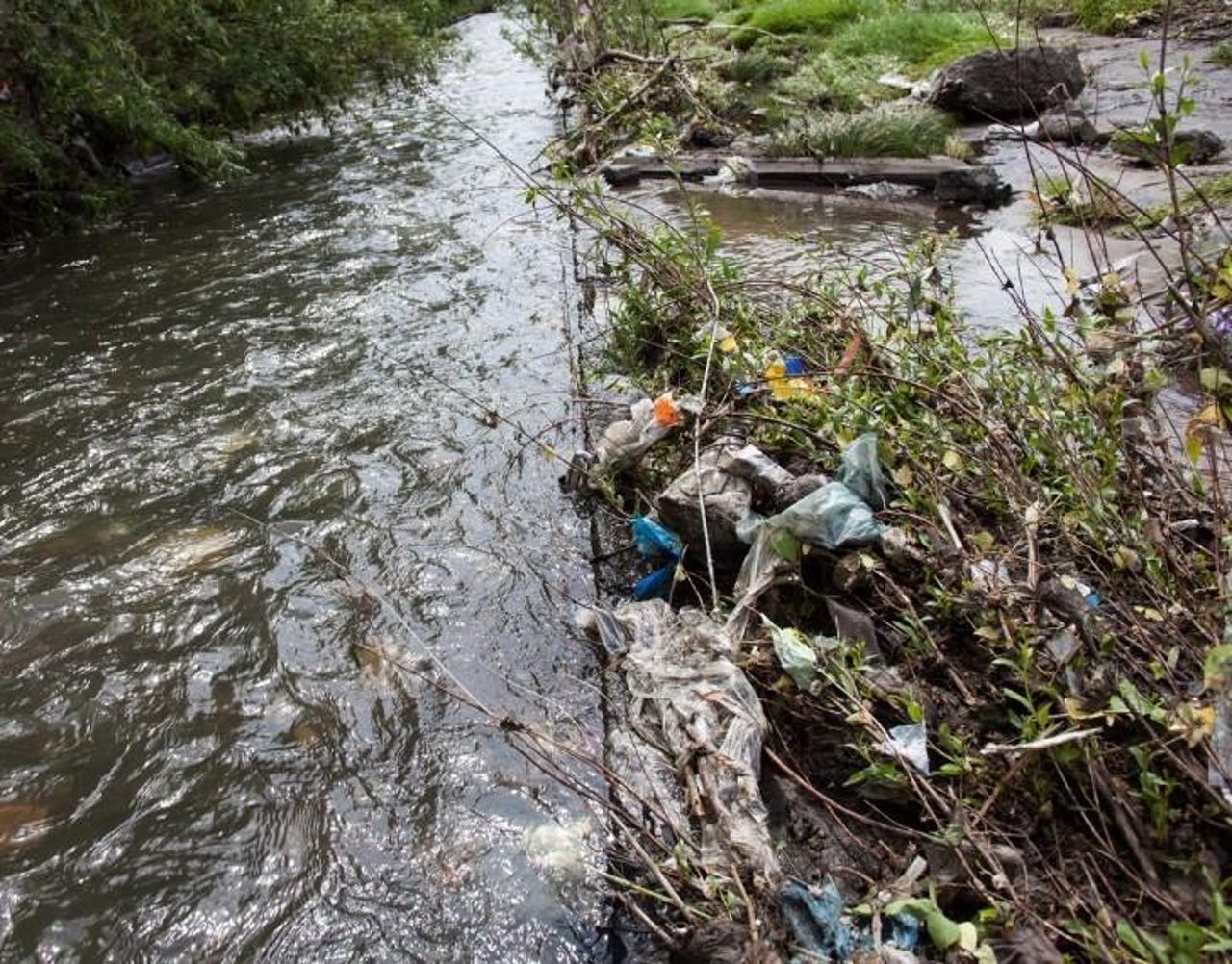CSIRO and Microsoft to use AI to tackle man-made environmental problems


Plastic pollution in Australia's waterways.
It is estimated that as much as 12 million tons of plastic find their way into rivers and oceans each year, representing a huge threat to wildlife and the environment.
It's one of the major challenges the Commonwealth Scientific and Industrial Research Organisation (CSIRO) is looking to address, using technologies such as artificial intelligence (AI) and machine learning (ML) to interpret data collected during beach and ocean surveys along with videos of rivers and stormwater drains to identify and track garbage flows into waterways.
Inking a partnership with Microsoft, Australia's scientific agency will look at how to tackle plastic waste, as well as illegal fishing, and how it can help boost farming.
By collecting data about the spread and concentration of plastic, CSIRO is using AI and ML to analyse where the plastic might end up and also what steps can be taken on land to reduce the likelihood of plastic entering waterways and oceans.
"Reverse vending machines", where the public can recycle bottles and cans in return for a fee, is also on the list for exploration.
See also: Plastic Bank treating plastic like currency to tackle waste and poverty
CSIRO hopes to tackle illegal fishing by analysing information gathered from high resolution cameras and underwater microphones to assist with fishing management in Australian marine reserves, such as the Great Barrier Reef.
Fishing with explosives, also known as 'blast fishing', in Indonesia.
CSIRO is concerned that 80% of global fisheries are either at full capacity or overexploited with illegal fishing being a major issue. According to the organisation, illegal fishing costs fisheries as much as $23 billion a year.
To that end, the partnership will also see work be performed on the detection of fishing with explosives in Indonesia through the use of underwater microphones to detect illegal activity.
This program currently uses AI to detect sounds that indicate illegal activity and the team aims to pair this with automated cameras in the future, to detect prohibited activities and identify the perpetrators.
In a bid to boost farming, CSIRO will be equipping farmers with "custom, digital insights" from a range of data sources, including sensors and satellites. It also hopes to provide deep domain knowledge integrated with analytics and modelling to provide insights on tactical and strategic decision making, which it said includes soil condition, crop growth, and farm management.
Farmers in a sugarcane field in Queensland, seen through LiDAR sensing
This work will commence at CSIRO's new agricultural research facility at Boorowa, NSW, a purpose-built 290-hectare facility that is aimed at developing "Australian farms of the future" by testing emerging technologies in crop science, agronomy, and farming systems using CSIRO and Microsoft technologies.
See also: The Internet of Wild Things: Technology and the battle against biodiversity loss and climate change (TechRepublic cover story) | Download the free PDF version (TechRepublic)
CSIRO said the partnership would also contribute towards CSIRO's managed data ecosystem and digital academy projects that have been described as transforming CSIRO's digital landscape with new technologies, data capabilities, and skillsets, while also bring Microsoft's latest digital technology to CSIRO's wider research.
"This partnership is turning science and technology into real-world solutions for real people, from the Great Barrier Reef, to suburban waterways, to farms and environments around the country," CSIRO CEO Dr Larry Marshall said.
"Everything CSIRO does is through partnerships across Australia and around the world."
According to Marshall, partnerships outside the organisation have proved beneficial. He pointed to work CSIRO performed with Bininj co-researchers, Kakadu National Park rangers, Microsoft, Parks Australia, Northern Australia National Environment Science Program, University of Western Australia, Charles Darwin University, and Kakadu National Park that "weaved" together AI-driven software with traditional knowledge to solve complex environmental management problems and care for significant species and habitats.
"Combining Indigenous knowledge, AI, data visualisation, and scientific research has allowed researchers and Indigenous rangers to label and interpret drone footage, gathered from across Kakadu and then use that to help protect the environment," he said.
"The results and analysis are then made available to rangers through a dashboard designed in partnership with the Traditional Owners based on their cultural values and the season. Rangers access this on a mobile device to support their on-the-ground decision making in partnership with Traditional Owners. It has resulted in a return of magpie geese to one area which had been affected by an invasive grass species that has now been reined in."
SEE ALSO
- Drones and AI making a dent in Kakadu's war against weeds
- CSIRO and Goanna Ag bring smart sensors to help farmers improve crop water usage
- CSIRO using GPS to monitor Australia's wild bovine from space
- On-screen animals getting a small piece of the royalty pie thanks to Data61
- Microsoft backs six Aussie environment-focused AI projects
- Microsoft ramps up biodiversity efforts through new 'Planetary Computer' initiative
- These 10 technologies are most likely to help save planet Earth
- How AI and drones are trying to save the Great Barrier Reef (TechRepublic)